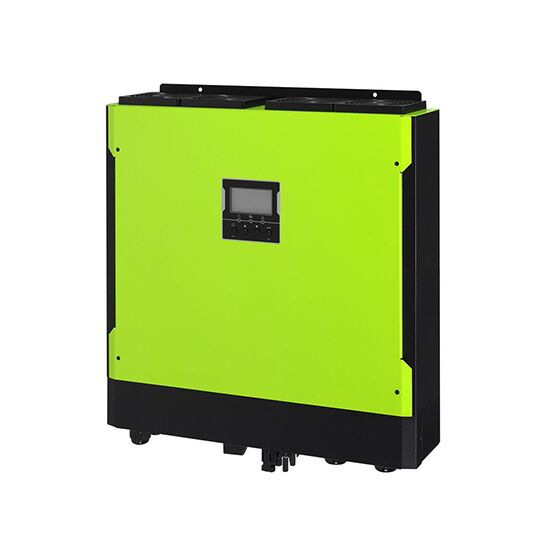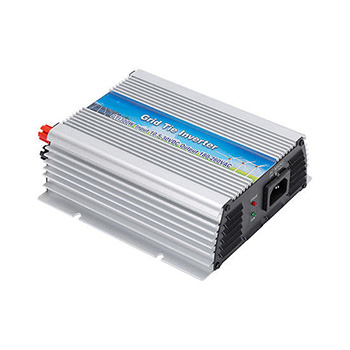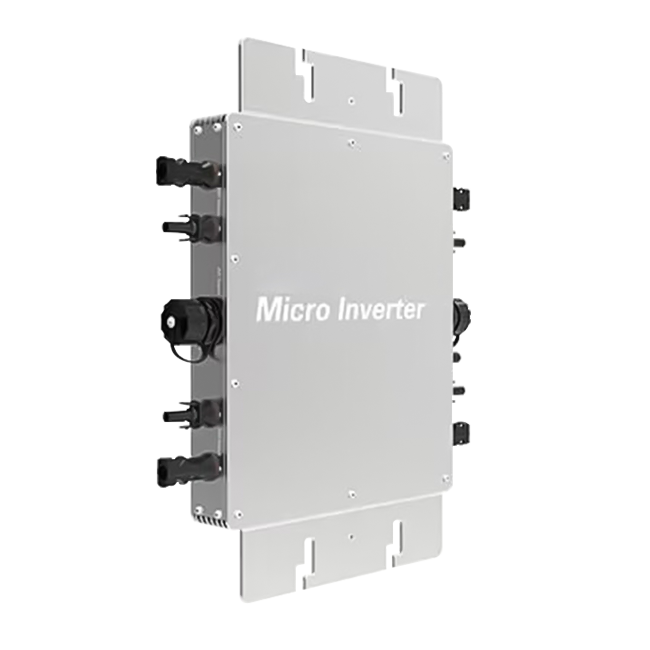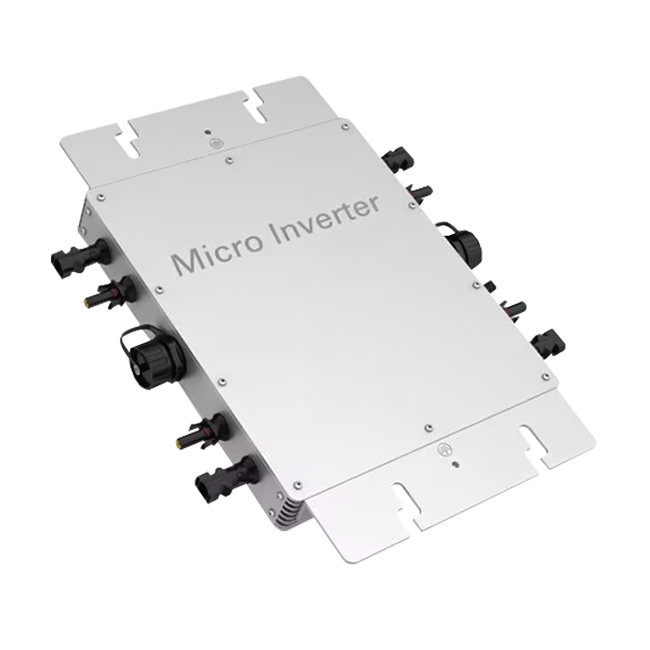Micro inverters are dedicated to a single solar panel. It uses a built-in Maximum Power Point Tracking (MPPT)
circuitry design, which optimizes the performance of
each solar panel by allowing
all panels to extract the maximum available power at the time under different lighting conditions. Home power
inverters all operate at safe voltages and the output can be connected to the grid. According to the different
requirements and purposes of customers, we can provide different inverter customized solutions.
Installation of Micro Inverter
Step 1:
To measure the voltage, first measure whether the AC voltage at the coupling angle we use in the common program
can meet the normal operation of the microinverter. Voltage range is according to installation manual
range.
Step 2:
Use the screws provided with the unit to install and fix the inverter on the photovoltaic panel bracket. But you
have to remember to install the micro inverter first and then place the formwork. Normally, the micro inverter is
installed under the formwork. There must be at least 1.5cm distance between the roof and the bottom of the micro
inverter.
Step 3:
Connect the positive and negative poles of the DC connection MC4 plug on the photovoltaic panel to the DC input
terminal of the inverter. Connect the AC line. When installing a series of micro inverters, each micro inverter
needs to be connected to the AC line, which is on the corresponding label.
Extend the cable to connect the micro inverter to the junction box. We need to put the AC plug at the end of the
cable. Take out the additional cables, insert the AC plug on the extension cord into the micro inverter, add a
dust cover to the AC terminal of the first inverter, which can be waterproof and dustproof, and use a tie to fix
the cable to the bracket superior. Connect the AC output cord and AC power cord together.
After completing the roof work, we moved to the junction box and connected the circuit breaker on the other end of
the cable to the junction box. Measure whether the voltage at the grid connection point in the junction box is
within the specification. If it is OK, first close the AC switch and then close the inverter branch switch. Wait
for a moment and the inverter starts to work normally. Wait about 5 minutes and you can read the power generation
data on the screen.
Customer says
“ Help my friend find
a Chinese grid tie micro inverter supplier. EnterSolar is the fifth I've found. Recently, my friend told me that
this batch of micro inverters purchased from your company are very good. Almost produced 1 kwh from noon to
5pm.
”
- - - by Whilliam Magorian- - -
Micro Inverter FAQ
Do micro inverters have to be grid-tied?
The micro inverter is essentially a grid-connected inverter design. This nature makes the microinverter
only operate under AC 230V grid connection. If the grid is disconnected, it will shut down immediately.
How do you size a micro inverter?
Generally speaking, when we apply a microinverter, it is done by selecting components with a power rating
of up to 125% to achieve the purpose of collecting the most solar energy. Assuming the PV array has an
optimal tilt, the percentage should be higher when it is located in a region with a warmer climate.
What voltage are micro inverters?
he microinverter has 2 leads with a voltage of 120 volts. When a photovoltaic solar circuit is connected
to a home solar panel, it is connected to a double-pole circuit breaker. That is to say, there are 2 hot
wires interconnected to this circuit breaker that are 120 volts.
Do micro inverters need power to work?
The microinverter operates on the solar panel producing at least 20W of power. If no power is generated at
this time, it goes into standby mode and keeps monitoring the AC grid voltage.
Can you use micro-inverters with battery backup?
It is possible to use microinverters and install battery backup systems at the same time, and this can be
beneficial in many situations, such as areas with frequent power outages, high electricity prices, and the
cost of electricity can be spread.
Related Solar Products

A hybrid inverter is a solar inverter with a built-in charge controller. It can also be a machine
combination of off-grid inverter and grid-tied inverter.

The biggest feature of the grid-connected inverter is its great system power. It is used in renewable
power generation without any battery storage.

A monocrystalline solar panel, is a type of photovoltaic module composed of single-crystal silicon cells.
These cells have a high energy efficiency.








